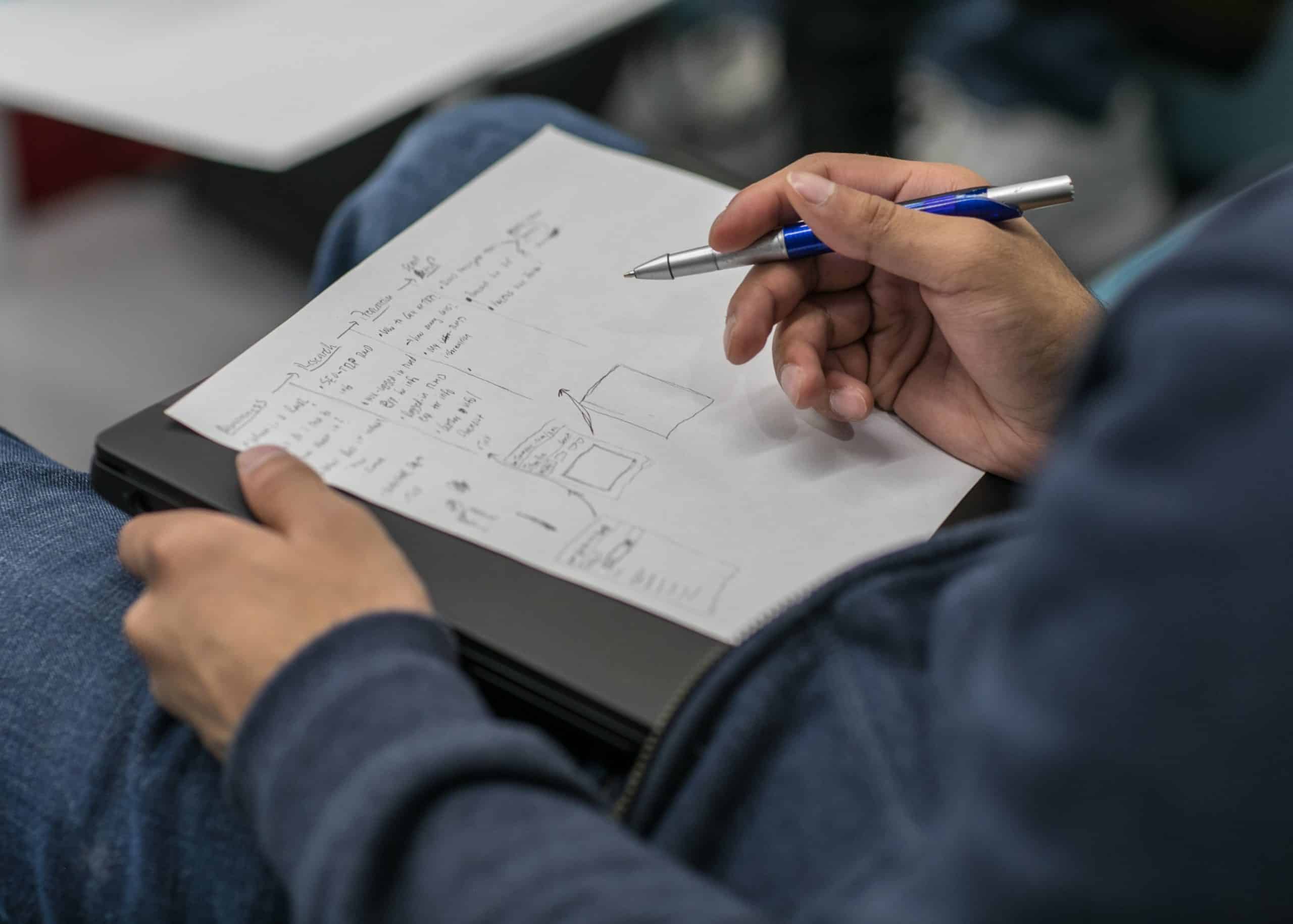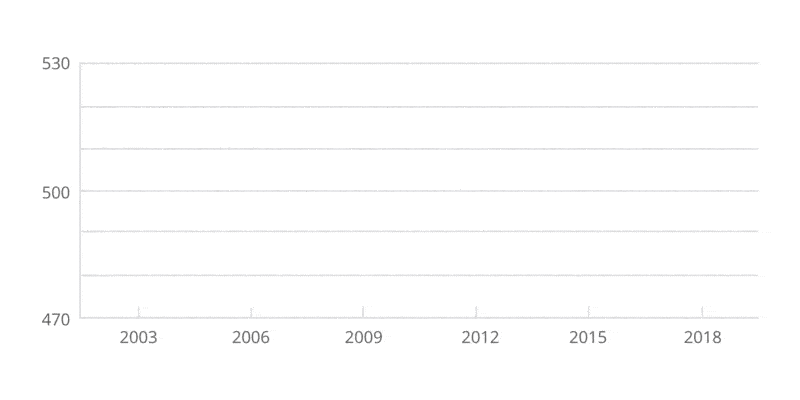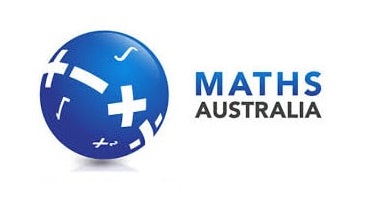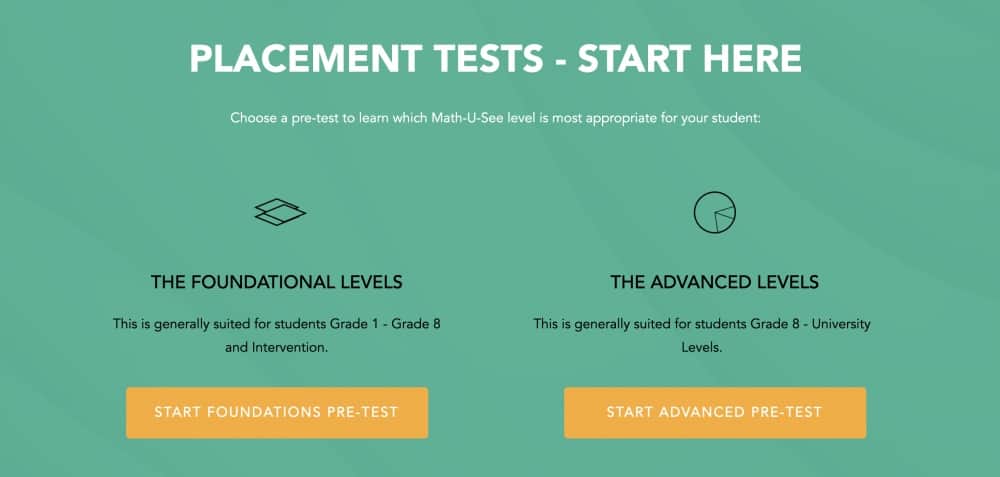
Dramatic decline in Australian Maths Results
Australia is going rapidly downhill across the board in all subjects, but particularly with maths. Of course, there are many contributing factors to this, but a major reason is that students just aren't being taught in the way that makes sense to them.
Have any of you noticed the 16 year old cashier struggling to know what change to give you when the computer doesn't tell them the answer, even with a simple maths questions such as $132 - minus $150 cash given - how much is to be returned? Or even simpler calculations? We haven't really set them up for applying maths in their everyday adult lives when this is the case....
This is a pertinent question and one worthy of consideration. If maths results have been steadily declining since 2003, why haven't we stood back, reviewed our approach and taught differently (rather than just juggling content around)?
Why are PISA maths results important?
What is PISA? PISA standards for OECD's Programme for International Student Assessment and measures 15-year-olds in classrooms across the world and their ability to use their reading, mathematics and science knowledge and skills to meet real-life challenges. PISA is a snapshot taken from the same age range in classrooms around the world. It shows the results of what has been taught to students in both Primary and High School, and determines whether that knowledge has stuck - or not.
If a student understands a concept, it's obvious. They will remember the concept, understand the question that is being asked and be able to answer effectively.
However, when they don't understand what is being taught, they can often feel frustrated, overwhelmed and experience anxiety when test time comes up. Here's more about how to deal with maths anxiety if you need some pointers.
What do PISA maths results show?
According to the PISA key findings, results"performance in mathematics has been declining since 2003 in Australia." We're going steadily downhill because of the way maths is being taught to students across the country.
Here are the longitudinal results for maths, straight from the PISA Results documentation.
These results show a gradual decline over time, indicating that not only are we below many other OECD nations currently, we've been sliding over time:

PISA results in mathematics have been declining since 2003.
What is the data on what students know about maths?
Some 78% of students in Australia attained Level 2 or higher in mathematics (OECD average: 76%). At a minimum, these students can interpret and recognise, without direct instructions, how a (simple) situation can be represented mathematically (e.g. comparing the total distance across two alternative routes, or converting prices into a different currency). The share of 15-year-old students who attained minimum levels of proficiency in mathematics (Level 2 or higher) varied widely – from 98% in Beijing, Shanghai, Jiangsu and Zhejiang (China) to 2% in Zambia, which participated in the PISA for Development assessment in 2017. On average across OECD countries, 76% of students attained at least Level 2 proficiency in mathematics.

23 OECD countries/economies scored significantly higher than Australia in Maths in 2018

Source: https://www.acer.org/au/pisa/key-findings-2018
In Australia, just 10% of students scored at Level 5 or higher in mathematics (OECD average: 11%). Six Asian countries and economies had the largest shares of students who did so: Beijing, Shanghai, Jiangsu and Zhejiang (China) (44%), Singapore (37%), Hong Kong (China) (29%), Macao (China) (28%), Chinese Taipei (23%) and Korea (21%). These students can model complex situations mathematically, and can select, compare and evaluate appropriate problem-solving strategies for dealing with them.
How do we change student's maths results?
This is a pertinent question and one worthy of consideration. If maths results have been steadily declining since 2003, why haven't we stood back, reviewed our approach and taught differently?
According to sources, the Australian government has made an official statement saying that the "current school system is lacking in providing education to students." Yet nothing effective has been done about it in regards to re-framing the way maths is taught in schools. Schools are confronting the serious challenge of dis-engaged students. Simply put, maths is not interesting or fun!
What needs to change is the current clash in consensus on how we teach maths; whether maths should be taught rigorously or according to functional relevance.
The key is to teach a concurrent balance of disciplinary knowledge (rigorously) and learning maths that is hands-on fun (FUN-ctional relevance).
What methods work when teaching maths?
Our 'Build-Draw-Write-Say' approach reinforces the CRA methodology and creates a road map for students to easily progress from a hands-on, concrete application to an abstract, or written and mental application.
This process provokes real life relevance to the student’s immediate environment as well as a balance of thought, reasoning and intuitive appreciation of maths such as patterns, recursion, structure and symmetry.
This is essential where there are barriers in learning such as working memory, speech impairments, dyscalculia or dyslexia etc. The hands-on manipulatives become the language of maths which students can rely on to demonstrate their understanding. They help to ‘bridge the gap’ between what they understand and their means of being able to communicate their understanding.
'Build-Draw-Write-Say' is covered throughout our trainings and at EVERY lesson in our specialised maths program, so there is no chance for concepts to be left misunderstood and therefore gaps developing in the students' learning.
Don't worry, you don't have to try and think of ways to 'include it all' at every lesson. The preparation work has been done for you. Each instruction manual has lessons pre-planned sequentially. Our approach ensures that students of all ages and abilities can progress at their own pace and master maths in a way they can understand. No student learns in exactly the same way, and they shouldn't be left behind due to a didactic approach to teaching maths.
A free diagnostic test for maths
Many teachers have struggling students but aren't particularly sure which areas are the hardest for their students. Specific test results are effective because they highlight what concepts are proving difficult for your student, and where they need a little more support. Once you know where your student is at, you know what you can do to help them learn better.
Here's our free online diagnostic test below. This easy test is available to all teachers, tutors and intervention specialists to be able to have a snapshot view of what their students are struggling with, and how to fix it. Results are automatically calculated so you'll know exactly where to start.
Sometimes teachers need more support, easier methods and simple ways they can teach their students maths. Especially with an entire classroom of kids, maths can often be an overwhelming subject to teach. Our specific teacher training is available to support you to confidently teach maths to your students - and our teaching methods have been proven by hundreds of teachers across Australia to work effectively.
If you need any help with assessing your student's understanding or have any questions about how your students can achieve better maths results, contact us directly here.
Hope it helps!
The Team at Maths Australia

